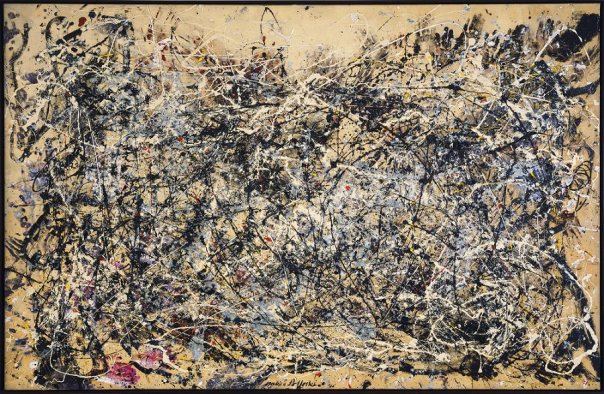Here’s the scene: You’re in a train station. A train arrives, but it’s not the one you’re waiting for. As you watch a few people come and go, you notice a strange scene in the last car of the train. Only two people are inside–a young man and an older woman. They appear to be having a very animated discussion. The young man is clutching a large box to his chest. The woman is wearing a bizarre hat and holding a large map, which she continues to turn this way and that.
I am the woman wearing a bizarre hat holding a large map, which I continue to turn this way and that. There is a young man clutching a large box to his chest. We are appearing to be having a very animated discussion. We are the only two people inside the last car of a train. I am an older woman, and the man across from me is young. The train has just arrived at the train station. Looking out through the window, I see some idiot, who doesn’t know where he is going. He gets in our train car, and tries to calm us down. I shout, “YOu Idiot! Leave me alone!” However, the idiot proceeds to try and restrain the young man who I was talking to. I say again, “YoU IdIot, leave my son alone!” He briefly stops and looks at me. However, the idiot proceeds to try and restrain the young man who I was talking to. I say again, “YoU IdIot, leave my son alone!” He briefly stops and looks at me. However, the idiot proceeds to try and restrain the young man who I was talking to. I say again, “YoU IdIot, leave my son alone!” He briefly stops and looks at me. However, the idiot proceeds to try and restrain the young man who I was talking to. I say again, “YoU IdIot, leave my son alone!” He briefly stops and looks at me. However, the idiot proceeds to try and restrain the young man who I was talking to. I say again, “YoU IdIot, leave my son alone!” He briefly stops and looks at me.
Then, I take my map and my handy dandy notebook and hit him. I also take my handy dandy dandelion, and I make a wish. Blue, a dog that loves solving mysteries, walks somehow onto the moving train car without even opening the door. He bites the idiot, and the idiot screams “Oh Yea Mr. Krabs, AAAAHHHHHH!!”Then he falls out of the train. Blue, from Clue’s Blues, helps me with my map. I am a treasure hunter. Then the map starts singing his song, “I’m the map; I’m the map; I’m the map; I’m the map; I’m the map; I’m the map; I’m the map; I’m the map; I’m the map; I’m the map; I’m the map; I’m the map; I’M THE MAP!”
* * * *
I wake up in the hospital. I am the map. I am Blue. I am the young man. I am the train. I am the WOMAN!V!D!!@!!111!@!!


